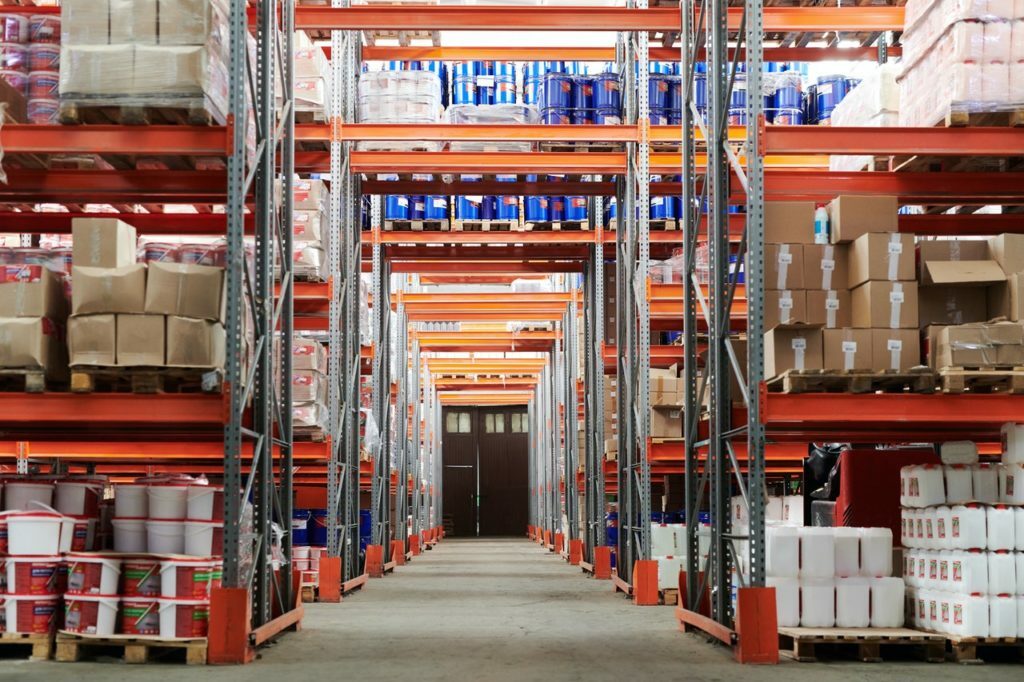E-commerce encompasses all categories of work that are done online. But selling physical products is one of the largest and most popular of those categories. And along with this type of business usually comes the need for storage space and stellar organization skills.
There’s really no right or wrong way to do this. The key is to find a system that works for you. There are, however, some tips you can use to streamline your business that others have found helpful.
Define your space
One of the worst things you can do with your inventory is to drop it in different places around the house. You may not have an entire room to dedicate to storage, but it’s important to find a space. Depending on what type of products you sell, this space could be a spare room closet, garage, or even a corner of a room.
Ideally, this space will be very close to your packaging station, but if that’s not possible, put a good system in place for transferring it. For example, if you sell small items, you might just keep a laundry basket near your inventory. This way you can put all the items you need to ship that day in the basket to carry it to your shipping station.
Use shelves

Using shelves to store your merchandise is helpful with almost any type of inventory. You can find decently-priced utility shelves at most big box stores like Walmart. And many of them are lightweight and equipped with wheels.
It’s a good idea to designate certain shelves for various items if you have mixed inventory, so that you always know where to look. And if these items are small, use plastic containers or storage baskets to hold them in place.
Label your inventory
If you’re selling multiple items, especially used items, it’s crucial to label your inventory well. For example if you use Bstock solutions as inventory, you’ll likely have many different products in various forms of unpackaging. And when you list these items, you’ll have to describe the packaging and list them with photos.
So, if you photograph an item as perfectly packaged, but send one instead that has been opened, you’ll likely get bad reviews and returns. It’s also important to label bins of items you have stored so you can easily find them.
To label inventory for your online store, you can simply use white peel-and-stick labels you can find anywhere. You can label each item with its own number and photograph it with its label as the last image in your listing. This way, when someone purchases it, you’ll know exactly what they bought.
Many people keep binders with detailed descriptions of their items, and it might work well for some. But unless it saves you time, try to stick to simpler methods.
Pre-package your inventory
This is another method that may not work for every seller. But it can be a huge time-saver if your products are moving quickly. For example, if you order products from supplement manufacturers that always seem to sell out first, you can package them to send out right after you get them.
Of course, it’s important to label the envelopes or boxes clearly if you have multiple products. You don’t want to send out the wrong things.
Clean out inventory regularly
Try to make it a habit to clear out unsold inventory at least once a year. There are, of course, some exceptions. Sellers who specialize in long tail items, for instance, sometimes sell unique products that can take more than a year to sell. This strategy works for them because the payout is worth the wait. But for most of us, if a product hasn’t sold in a year, it’s probably not going to.
To do this effectively, you’ll need a system for keeping track of when you bought the item. And the easiest way to do this is just to check your listing to see when you posted it for sale. But again, this has to be a system that works for you because everyone has different preferences and business models.





